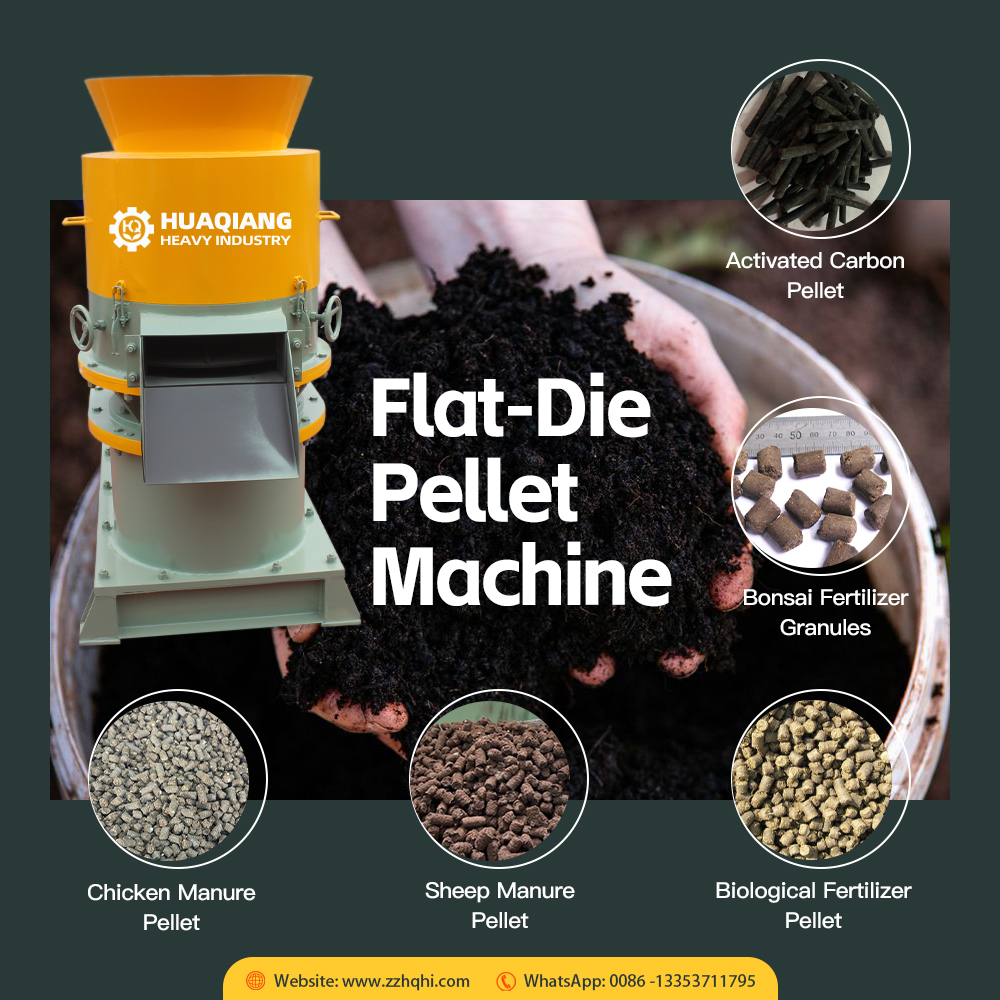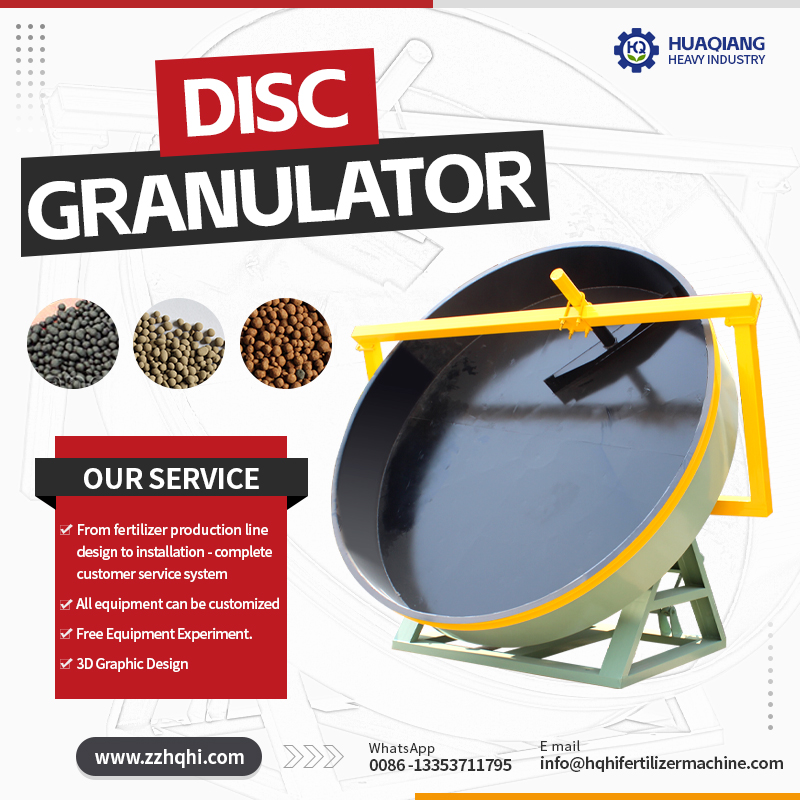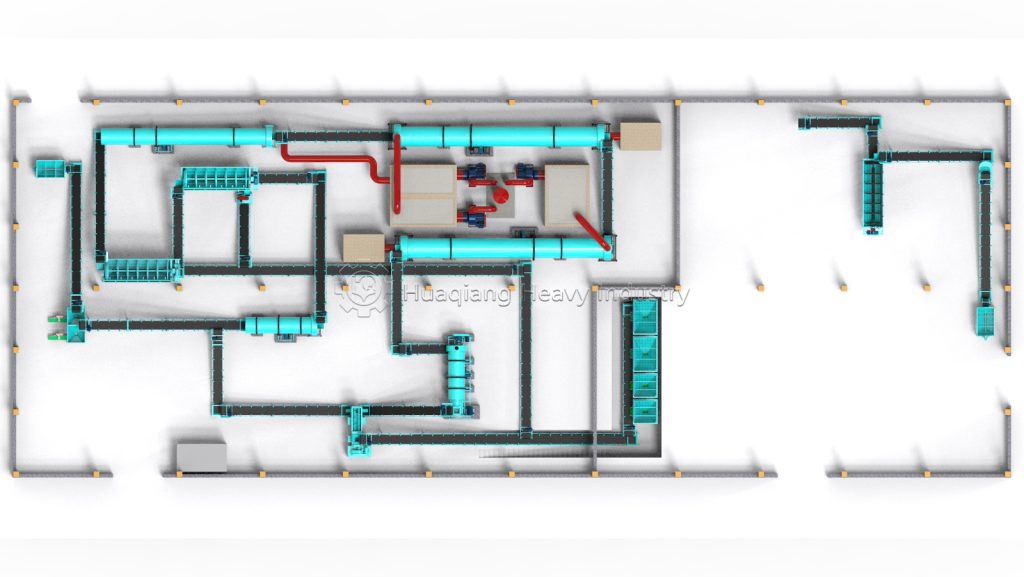Windrow Compost Turner: Nature’s Recycling Champion
In the realm of organic fertilizer production, a steel-clad warrior operates unfazed by muddy terrain: the windrow compost turning machine. This robust compost fertilizer machine is the unsung hero of nature’s recycling system, expertly transforming waste into fertile black gold. As vital fertilizer equipment, it efficiently accelerates decomposition, making it an indispensable fertilizer machine for sustainable agriculture.
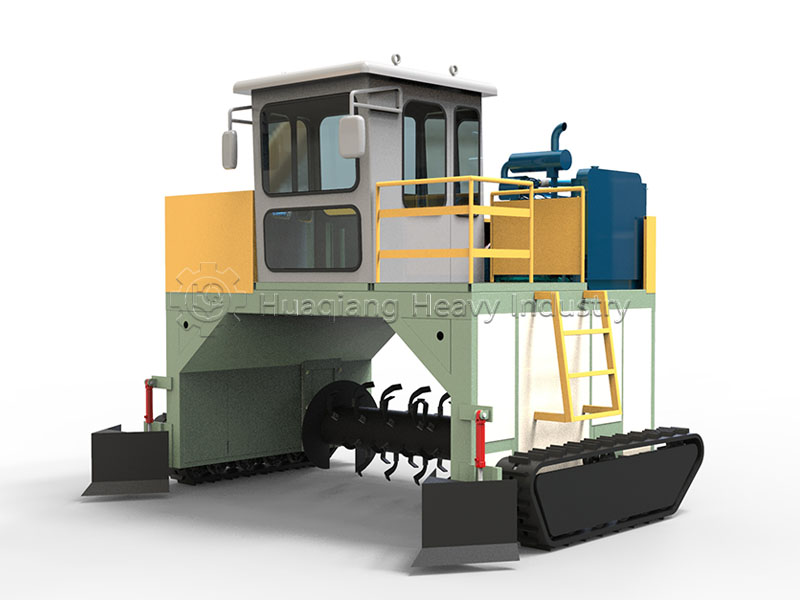
The Terrain Conqueror’s Secret Weapon
Unlike conventional wheeled equipment, the crawler compost turner moves through post-rain mud and uneven fermentation areas with the confidence of an agricultural tank. Its broad tracks prevent sinking while evenly distributing weight to protect soil structure. While other machines retreat, it advances proudly, initiating waste’s magical metamorphosis wherever its tracks roll.
Alchemy Inventory: From Waste to Wealth
The diversity of materials this “organic waste furnace” can process is astonishing:
- Livestock manure:Chicken droppings and cattle waste regain breath under the tearing of turning teeth, with fermentation heat naturally eliminating pathogens while transforming pungent ammonia into earthy fragrance.
- Crop residues:Tough fibers like corn stalks and wheat straw are gently shredded by mechanical arms, perfectly blending with nitrogen sources to accelerate cellulose decomposition.
- Food industry byproducts:High-moisture materials like distillers’ grains and vinegar residue achieve ideal moisture content through continuous turning, creating microbial paradise.
- Municipal organic waste:Food scraps and yard trimmings find their destiny here, relieving landfill pressure while creating value.
- Treated sludge:Properly tested municipal sludge achieves stabilization through turning, transitioning from hazardous waste to safe fertilizer.

The Invisible Dance of Life
Each turning motion carefully nurtures the microbial kingdom. The three-dimensional movement space created by the crawler turner allows oxygen and organic matter to fully interact, stimulating aerobic microbial activity. The thermometer becomes a conductor’s baton in this symphony of life—when pile temperature rises to 60-70°C, harmful organisms perish while beneficial bacteria reach reproductive peak. This precise ecological regulation represents the scientific magic behind modern organic agriculture.
From farm waste to urban garbage, windrow compost turning machines are rewriting the script of organic waste management worldwide. More than machinery, they serve as green bridges connecting waste to resources, pollution to cycles. When next smelling compost’s earthy aroma, remember there’s a steel gardener toiling silently within.




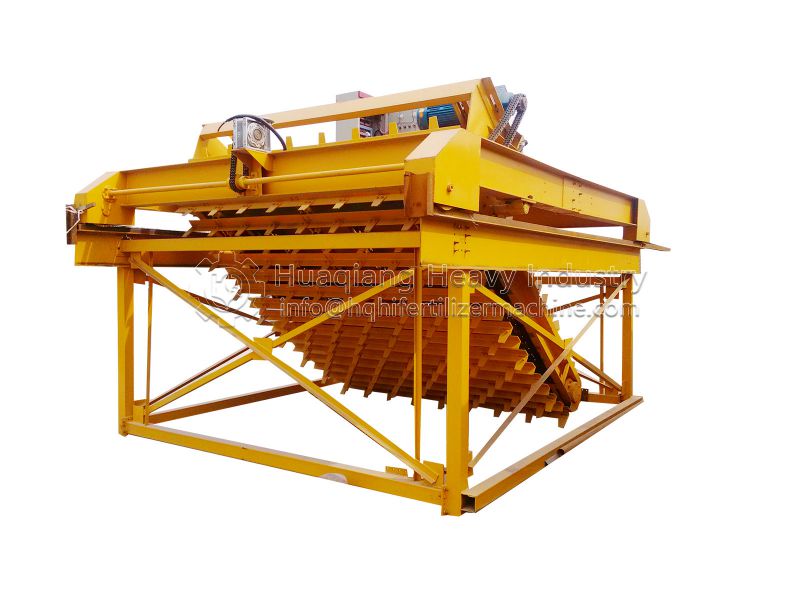
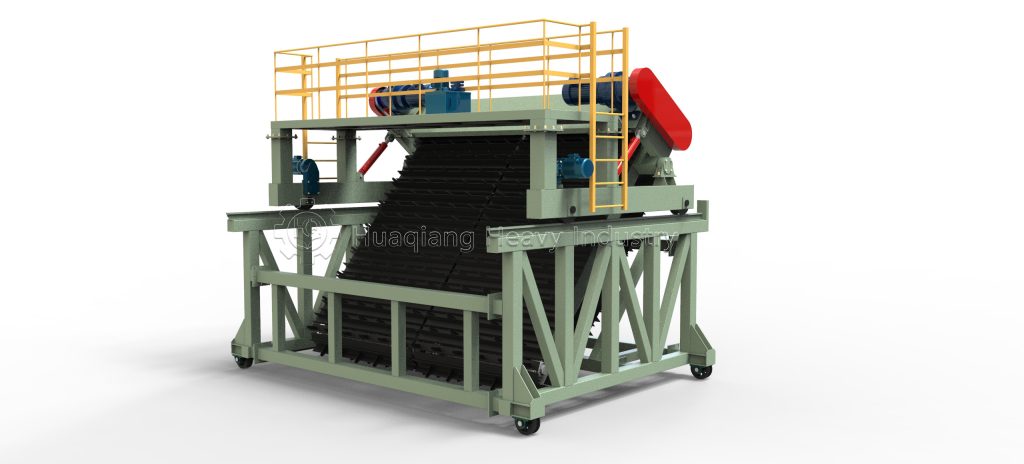
.jpg)
